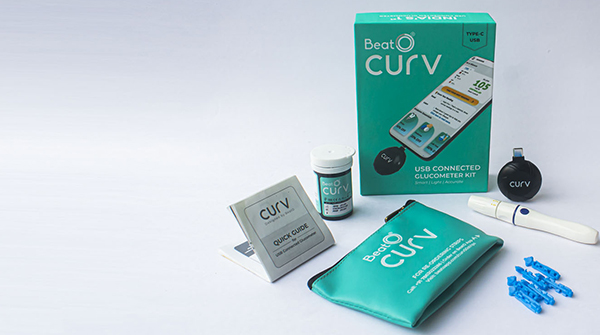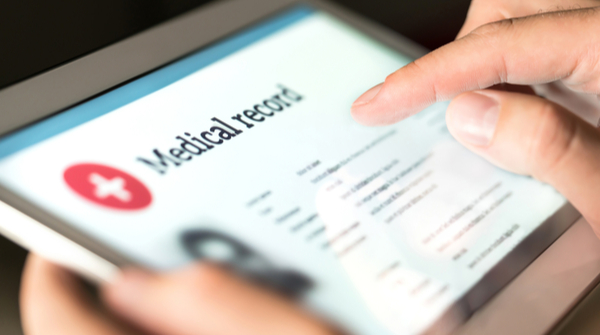When it comes to living with progressive lifestyle diseases like diabetes, preparing for the worst-case scenario is a smart option. Moreover, with the ongoing dynamics of the pandemic situation, preparing in advance for a possible emergency is always better than facing health complications later on. While emergency care is challenging for everybody, it becomes even more difficult for people with diabetes, and here comes the need for a diabetes emergency kit.
People with diabetes need to avoid the slightest risk of developing infections, cuts, bruises, or weather-related complications, which may turn into serious health complications. Having someone to look after you in such conditions is, of course, a blessing. However, there are moments when you, as a person with diabetes, are alone and have to take quick actions to overcome the emergency within time to prevent it from overpowering you. A well-prepared diabetes emergency kit is the ultimate support in such times.
Diabetes Emergency Kit: Checklist of Items
A diabetes emergency kit is a combination of items, documentation, and a few life hack tips that will help you sail through any diabetes-related emergency in your local area or even away from your native country. You can use the list below to prepare your own kit for diabetes emergencies.

Personal Use Items for the Kit
- Diabetes Supplies- Lancets, glucometer, syringes, insulin stored at the required temperature, test strips, a glucagon kit, ketone strips, and other prescribed supplies. You would also require a cold pack or an insulated bag to keep your medication cool in case of a power cut or while traveling.
- Food and Water– Fiber-rich snacks are essential to help you feel full for long. Keep healthy eateries, non-perishable items rich in glucose like fruit juice, glucose tablets (for dealing with hypoglycemia emergencies). In order to keep hydrated, you would need a gallon of water for an individual as dehydration leads to a spike in blood sugar levels.
- Sanitation and Personal Hygiene Items– Soap, toilet paper, and a toothbrush will help you stay hygienic in the absence of basic sanitation facilities.
- First Aid Items– Band-aids, prescribed pain relievers, anti-diarrhea medicines, alcohol wipes, antibiotic ointments, etc.
- Miscellaneous Necessities- Items like a flashlight, a whistle to signal for help in an emergency; a blanket, dust masks and gloves; a power bank for mobile phones, etc., also prove to be a blessing in disguise.
Read More: First Aid for Diabetic Emergency: All You Need to Know

Documents Identifying Diabetic Condition
- Medical ID– Bracelet/necklace or hand bands to identify yourself as a person with diabetes is helpful for strangers to determine your requirements.
- Doctor’s Papers– Prescription of medicines, diet, and other advice along with your brief blood sugar history. Moreover, you can also create a comprehensive guide to your medical care in the event you are unable to care for yourself or require assistance. Describe your condition, treatment, medication list, medical care team, and dosing regimen.
- Contact Information– Contact details of all family members, friends, and everyone on your care team (CDE, Endocrinologist, Podiatrist, Primary Care Doctor) comes in handy.
- Important Documents– A binder of essential documents, including birth certificates, insurance cards, and your passport.
Customise Your Diabetes Emergency Kit to Suit Your Needs
Everyone’s body is different, and each person might need different items in their kit. The kit can be arranged according to your everyday needs and requirements or according to the destination (if traveling) or the environment to which you are being exposed.
Download the BeatO App to monitor your blood glucose anywhere, anytime!





